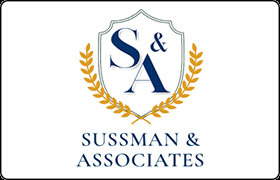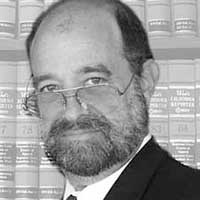Athol Springs Timeshare Lawyer, New York
Sponsored Law Firm
-
 x
x

Click For More Info:
-
Mitchell Reed Sussman & Associates
410 South Rampart Suite 390 Las Vegas, NV 89145» view mapTimeshare 45+ Years of Experience
The Law offices of Mitchell Reed Sussman & Associates has been in business for over 45+ years specializing in real estate litigation.
800-814-6930
Warning! No lawyers found in this specified area.
Not enough matches for Athol Springs Timeshare lawyer.
Below are all Athol Springs Real Estate lawyers.
 Mitchell Reed Sussman Las Vegas, NV
Mitchell Reed Sussman Las Vegas, NV